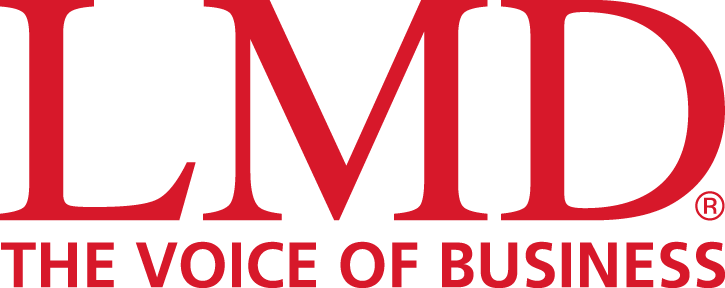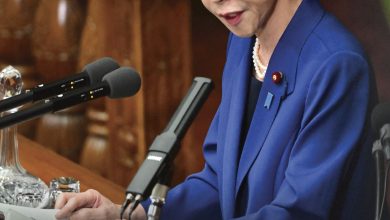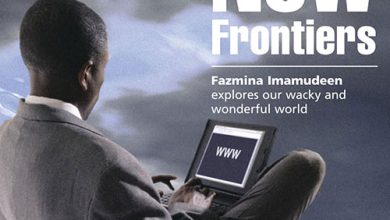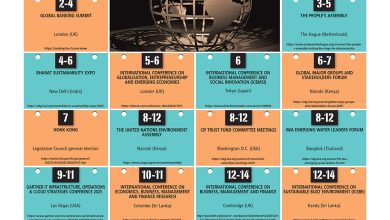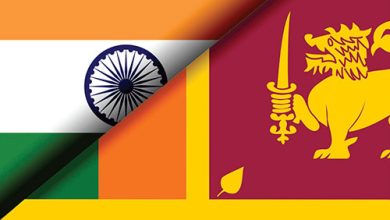ANTICORRUPTION AGENDA
THE CRIME OF CALCULATION
Rajika Jayatilake reports on how Colombia is strengthening its laws and collaborating with the US to fight corruption
Widespread theft of public assets is a grave problem for most developing countries with 20-40 percent of international development assistance amounting to between US$ 20 billion and 40 billion dollars being stolen each year.
The UN says corruption costs some US$ 2.6 trillion in losses annually.
Former Danish Minister for Development Cooperation Ulla Tørnæs says: “Corruption in the form of bribery and misuse of public funds is a major obstacle to democracy and economic development in many of the world’s poor countries.”
And distinguished American academic and educator Dr. Robert Klitgaard explains: “By definition, corruption is immoral. It is also illegal – no country has legalised bribery, extortion, embezzlement, fraud or nepotism. But corruption is also a crime of calculation. Individuals weigh the benefits, and the cost of giving and taking bribes.”
Unfortunately, the corrosive damage of widespread corruption to a country’s social fabric often goes unnoticed. In the long run, it erodes public trust and confidence in government officials, businesses and banks, and causes a loss of faith in a government’s ability to deliver even basic services.
A recent World Bank study reveals that about a sixth of foreign aid to the world’s poorest countries is siphoned off by corrupt politicians and officials to offshore accounts in Luxembourg, Cayman Islands, Bahamas, Hong Kong and Singapore. An average of 7.5 percent of the aid extended from 1999 to 2010 ended up in tax havens such as Switzerland and Luxembourg.
With the World Bank officially partnering with the UN Office on Drugs and Crime (UNODC) to launch the Stolen Assets Recovery Initiative (StAR) in 2007, to support international efforts to end safe havens for corrupt funds, hope sprang among the world’s poor that money stolen by corrupt leaders could be returned to their countries.
Even though countries such as Nigeria, Peru and the Philippines have seen some success in asset recovery, the process has been hugely expensive and time-consuming.
Due to the sensitive and complex nature of stolen asset recovery, victimised countries need to build and nurture partnerships with wealthy and poor nations, and bilateral and multilateral agencies with an anticorruption focus, to achieve positive results.
Nations also need to commit to help themselves by strengthening systems in their own countries. As Klitgaard observes, “systems with accountability and ample information about results are less vulnerable than systems whose lack of transparency leads readily to clandestine decisions.”
Colombia has had a perennial problem of widespread corruption at all levels of government, its police and military. Transparency International’s (TI) Corruption Perception Index (PCI) for Colombia in 2012 was 36 (0 being the worst and 100 the cleanest). The index includes data on corruption perception, bribery of public officials, kickbacks in public procurement and so on.
Realising the need for a concerted effort to fight corruption and its desire to join the OECD, Colombia began making incremental improvements in its anticorruption laws, particularly with a new anticorruption and transnational bribery regulation named ‘Law 2195 of 2022.’
This legislation bolstered corporate liability, clarified the categories of entities included in sanctions and raised fines for corruption offences while promoting a compliance culture in the corporate sector.
Beyond that, Colombia is collaborating with the United States Agency for International Development’s (USAID) Partners for Transparency (PfT) programme to engage in locally driven solutions that promote transparency and accountability to reduce corruption in the country.
With PfT identifying corruption as systemic, it considers understanding the behaviour that perpetuates unethical practices as pivotal. Consequently, it is promoting a ‘cultural change strategy’ that blends psychology, anthropology, cognitive neuroscience and economics, to understand societal beliefs, values, norms and behaviour that affect decision making.
Through this effort, Colombia received comprehensive technical assistance from PfT to design corruption risk maps, anticorruption plans, a multi-year national anticorruption strategy, a programme to train public officials in corruption risk management, and collaboration with the corporate sector through the Anti-Corruption Business Commitment programme to promote integrity and transparency.
The support from PfT included assistance to create Transparency and Anti-Corruption Citizen Agendas with citizen oversight priorities. These were established through the participation of over 200 organisations and numerous public accountability hearings for different population groups.
About 200 civil society organisations provided over 400 proposals for citizen transparency and anticorruption agendas that identified priority problems, and suggested solutions at the sub-national level.
More than 700 people were trained at the Citizen School of Transparency and Participation while the offices of the Inspector General of Police, Comptroller and Auditor General received training in data analytics to combat electoral irregularities, improve procurement practices and strengthen corruption reporting channels.
Furthermore, 172 journalists were trained in investigative skills, 85 in public procurement and 69 in access to public information, while four media organisations engaged in capacity building and investigation and scrutiny of public decision making.
As Nigerian transparency advocate Dr. Obiageli ‘Oby’ Ezekwesili notes, “anyone who wants to tackle corruption must be willing to go all the way – there are no shortcuts.”
